- Introduction
- Historical and Mythological Significance
- Govardhan in Ancient Texts
- Significance in Devotional Practice
- Govardhan Parikrama – The Sacred Circumambulation
- Mansi Ganga
- Danghati Temple
- Radha Kund & Shyam Kund
- Puchhari Ka Lotha
- Jatipura
- Annakut Chowpatty
- Festivals at Govardhan Hill
- Month-Wise Festival Calendar
- Local Culture and Traditions
- Accommodation & Travel Tips
- How to Reach Govardhan
- Experiencing Govardhan Spiritually
Introduction
In the sacred land of Braj Bhoomi, Govardhan Hill stands not merely as a geological formation, but as a living embodiment of Lord Krishna. Stretching over 8 km long and 1–2 km wide, this hill is considered a direct manifestation of Krishna himself. Pilgrims, devotees, and travelers from all over India visit Govardhan to perform the Govardhan Parikrama, a sacred circumambulation that is both a spiritual practice and a physical journey of devotion.
Located about 22 km from Mathura and 25 km from Vrindavan, Govardhan is deeply intertwined with the stories and legends of Krishna’s life. Walking its paths, one can feel the echoes of divine pastimes, the Bhagavata Purana stories, and centuries of devotional culture that have flourished in this region.
Historical and Mythological Significance
Govardhan’s importance begins with its association with Lord Krishna. According to legend, the residents of Braj once worshipped Lord Indra, the god of rain, to ensure a good harvest. Young Krishna, recognizing that it was actually Govardhan Hill that nurtured crops, cattle, and life, convinced the villagers to instead worship the hill.
In anger, Indra sent torrential rains over Braj. To protect the villagers and their livestock, Krishna lifted the entire hill on his little finger, holding it aloft for seven days and seven nights. The people of Braj, along with their cattle, took shelter underneath. This leela (divine act) not only demonstrated Krishna’s supreme power but also established Govardhan as a sacred protector.
Govardhan in Ancient Texts
- Bhagavata Purana – Details Krishna lifting the hill and the lessons on devotion over ritualistic offerings to demigods.
- Vishnu Purana – Mentions the protective aspect of Govardhan and its connection to Braj Bhoomi.
- Garga Samhita – Narrates the interactions of Krishna with the villagers around Govardhan, describing the sites that today remain part of the parikrama.
These texts not only narrate divine events but also establish Govardhan as a living place of worship, making it central to Vaishnavism and Braj pilgrimages.
Significance in Devotional Practice
- Govardhan as Krishna Himself: Devotees believe that touching or seeing Govardhan brings spiritual merit.
- Braj 84 Kos Yatra: Govardhan is a key site on this sacred pilgrimage route encompassing 84 holy villages in the Braj region.
- Annakut Origin: The tradition of offering large quantities of food to Govardhan during Annakut festivals comes from Krishna’s guidance to the villagers.
The hill is more than a landmark; it is a living spiritual entity, worshipped daily and celebrated with festivals that attract thousands of pilgrims.
Govardhan Parikrama – The Sacred Circumambulation
Performing the Govardhan Parikrama is considered both a spiritual and physical act of devotion. Walking barefoot along the hill’s paths allows devotees to reflect on Krishna’s leelas and the history of Braj Bhoomi.
- Full Parikrama: ~21 km; covers all sacred spots and temples surrounding the hill.
- Half Parikrama: ~9 km; covers the most prominent holy locations for pilgrims with limited time.
Typical Start Points:
- Danghati Temple – The main temple and spiritual center of the parikrama.
- Mansi Ganga – A sacred pond where pilgrims bathe before beginning the walk.
Duration: The full parikrama usually takes 5–7 hours, depending on stops at temples and holy spots along the route. Many pilgrims perform it during early morning hours for peace and spiritual focus.
Detailed Stories of Parikrama Stops
















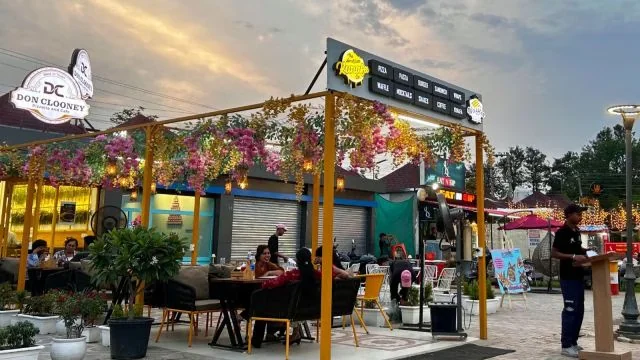




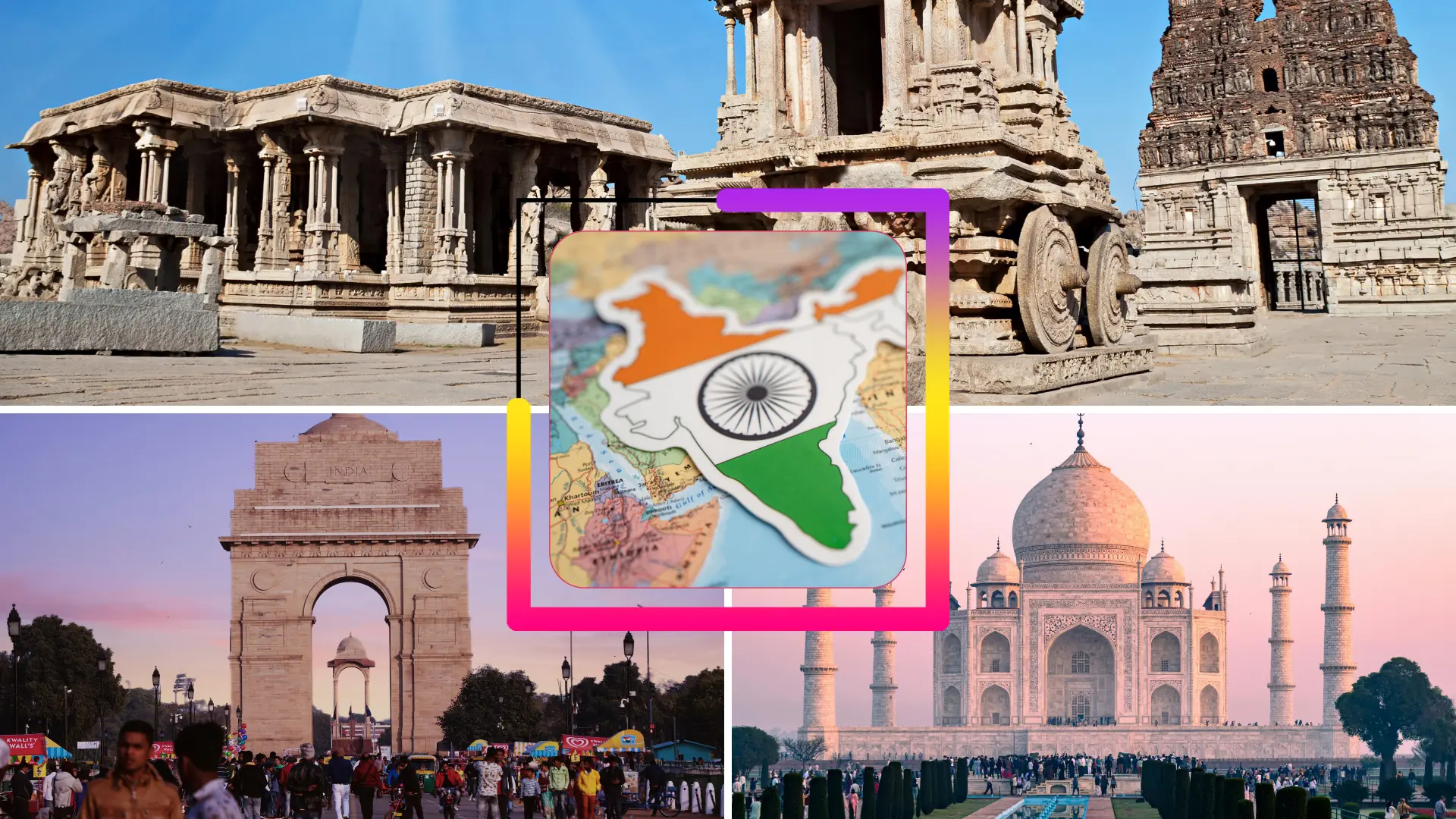










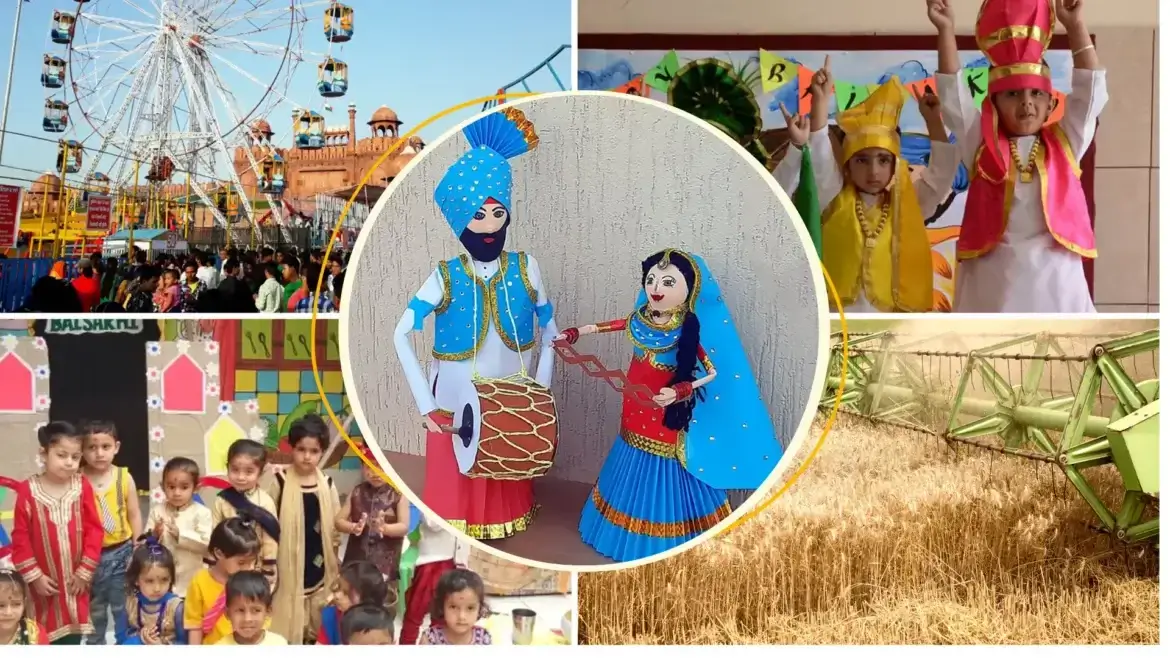


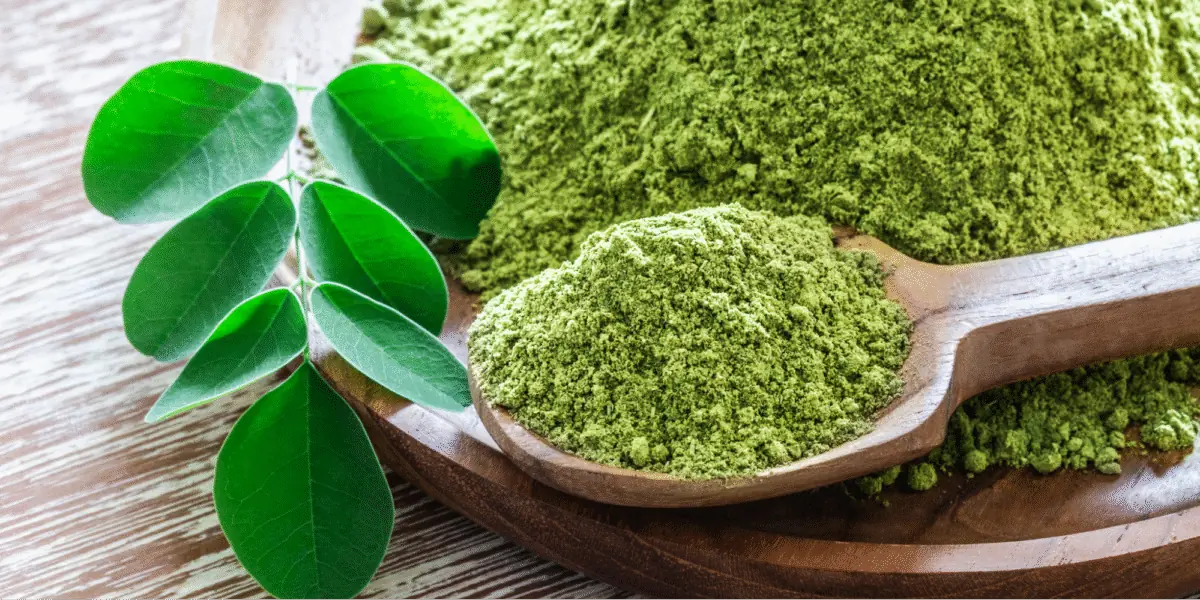





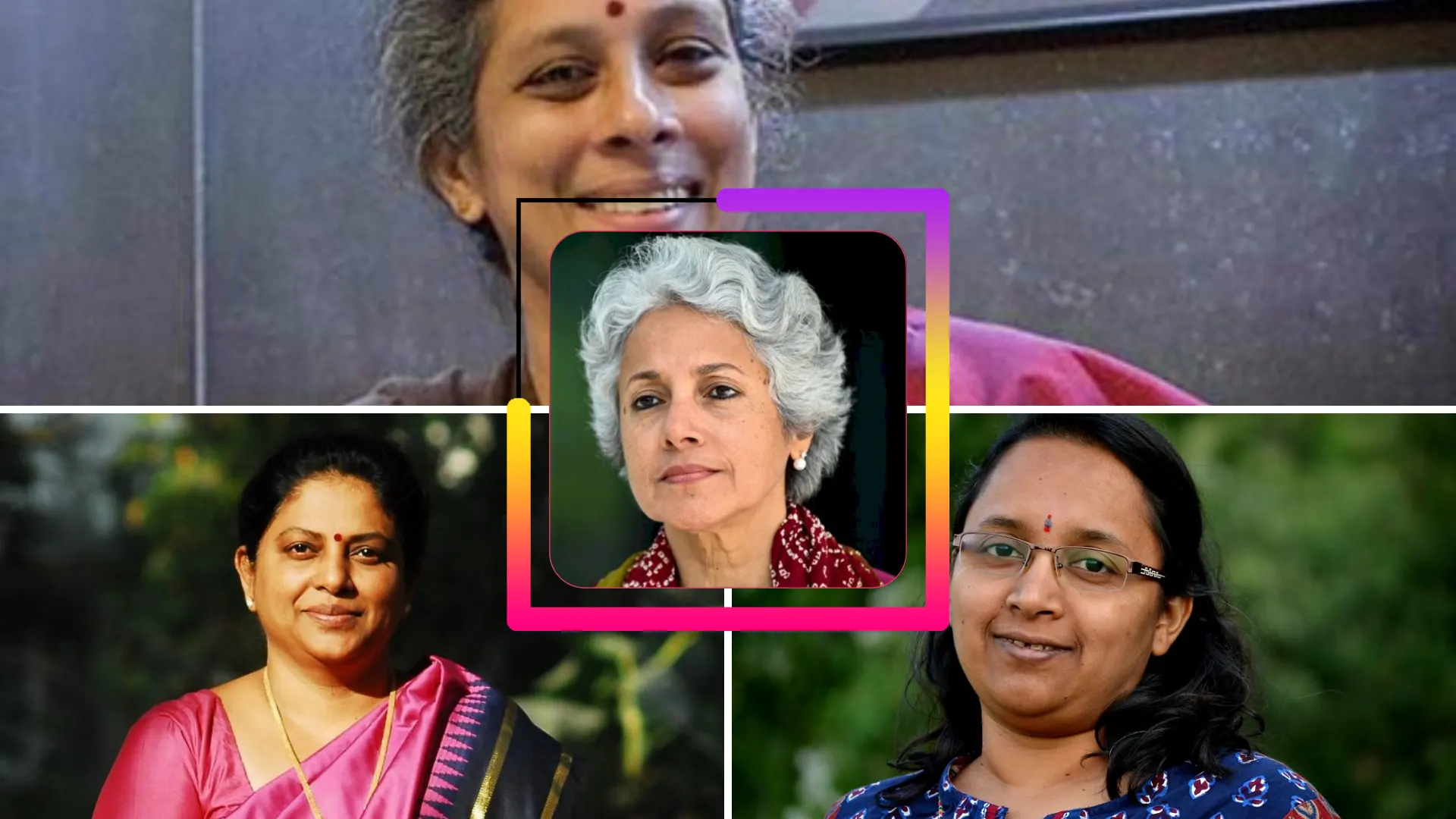
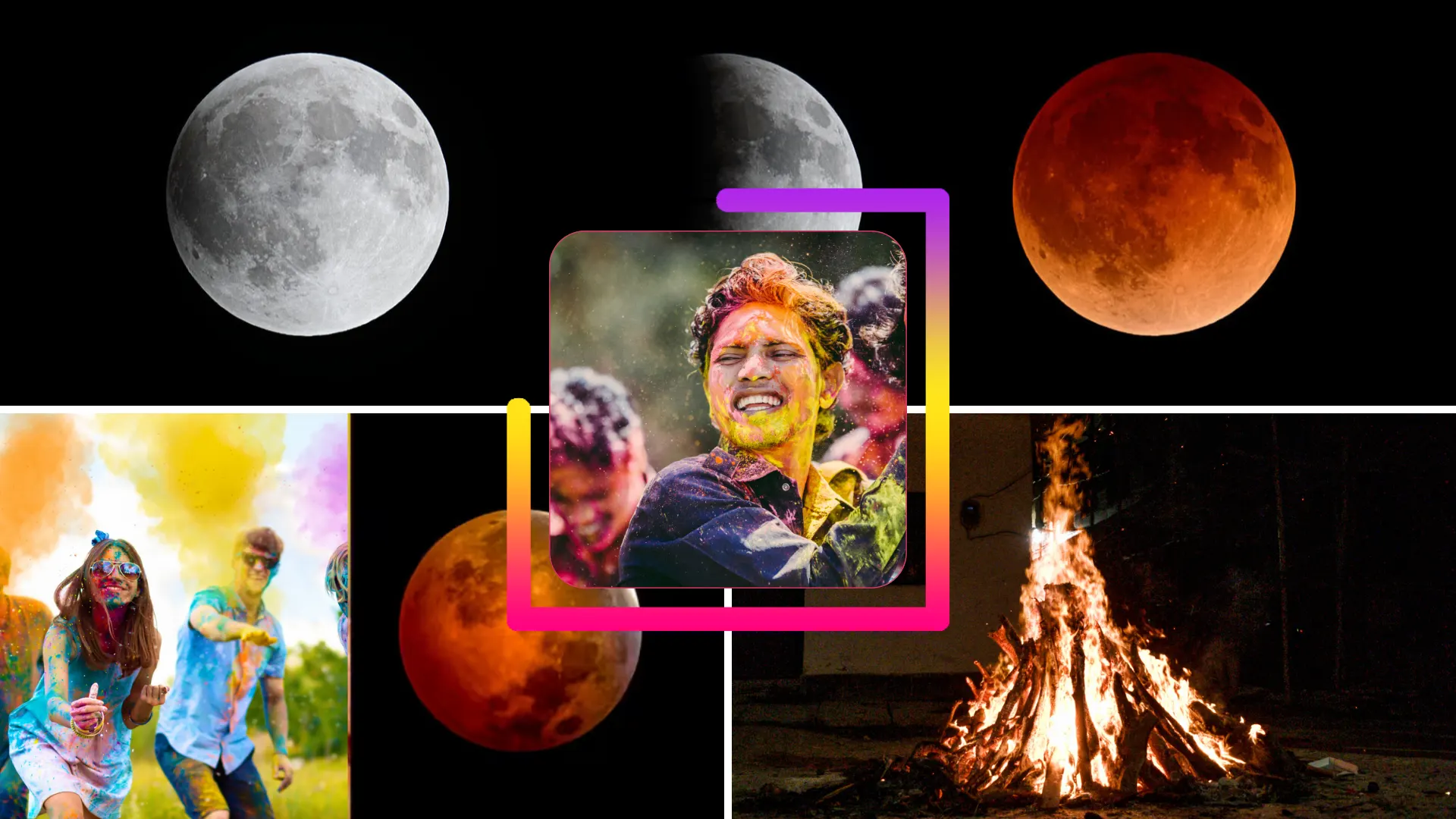
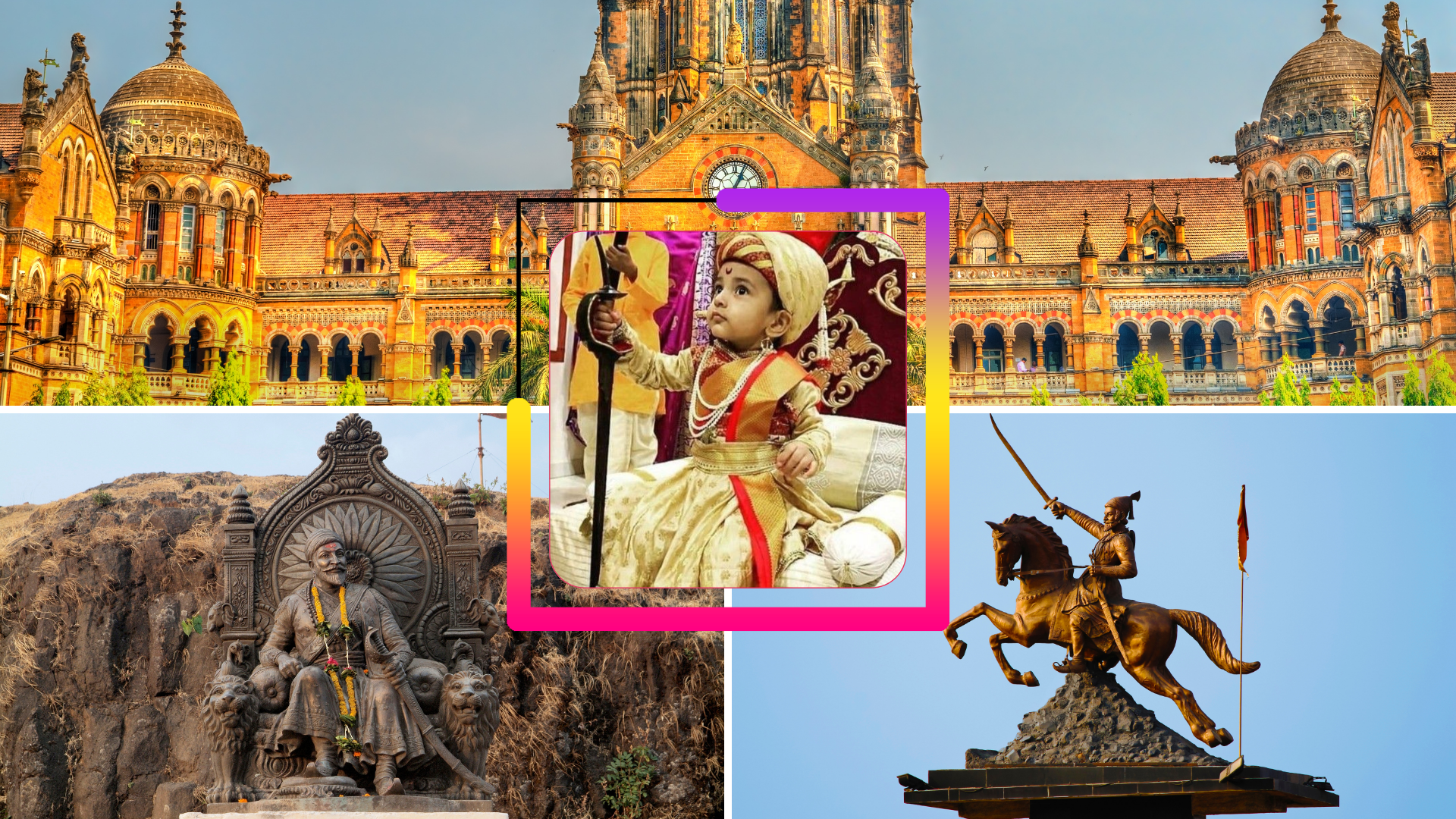



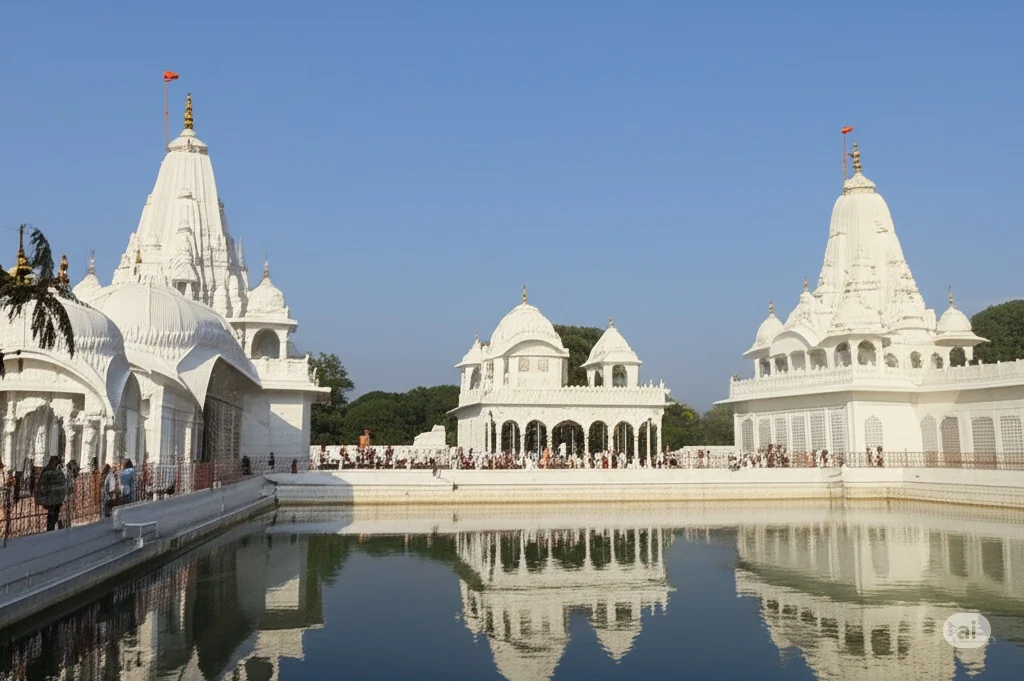
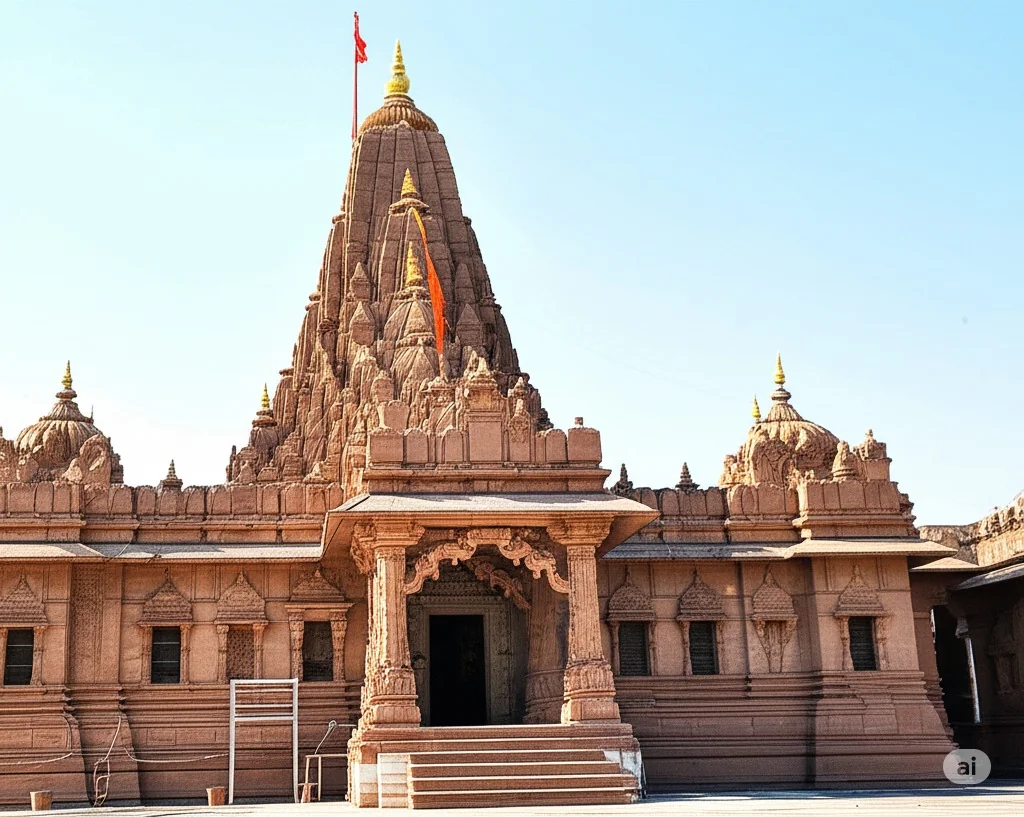
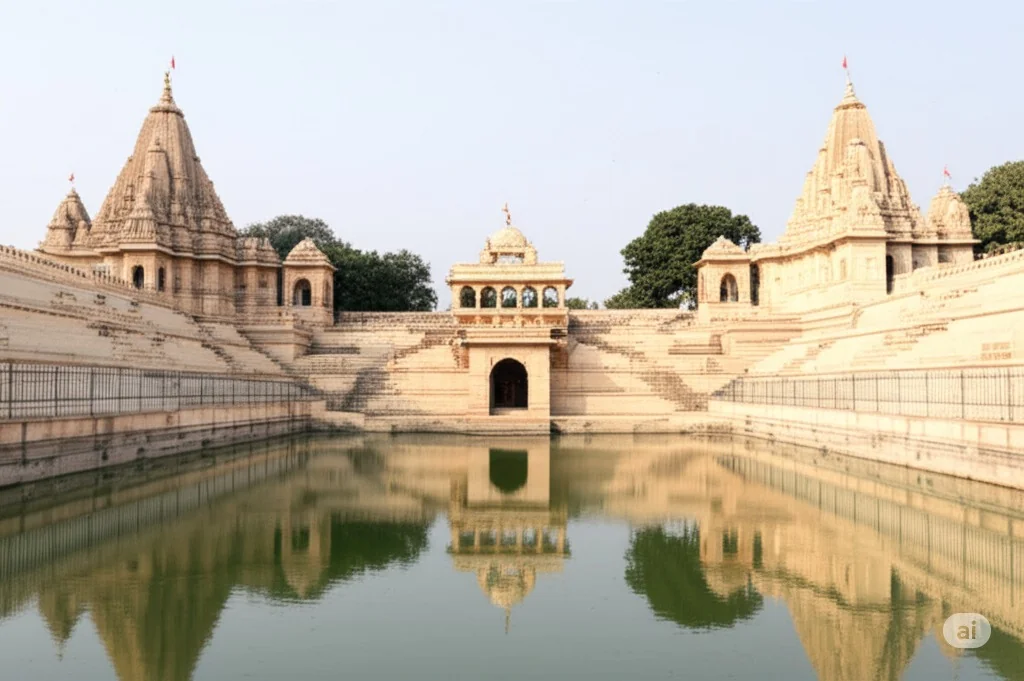
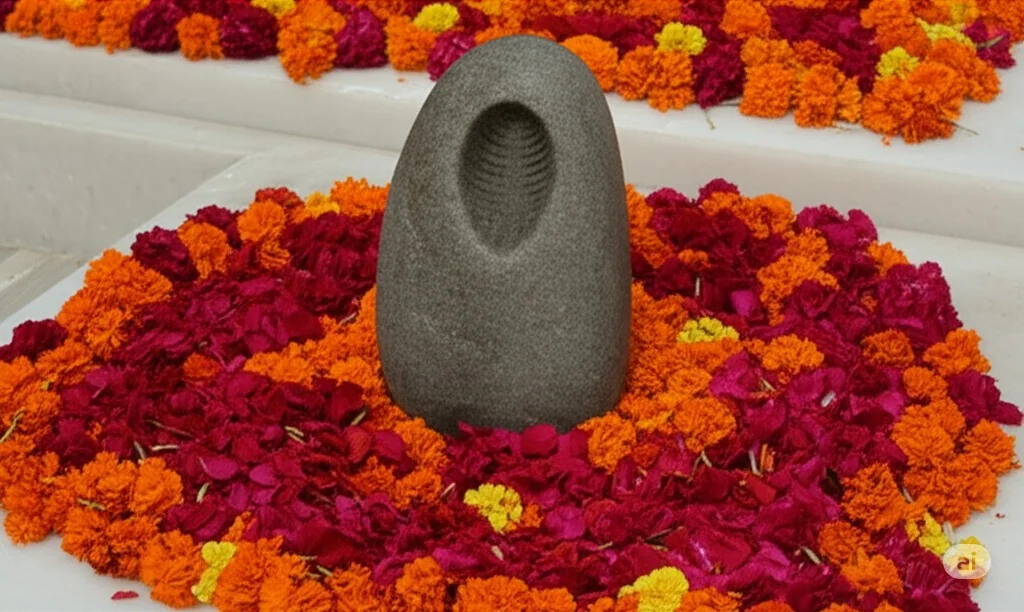

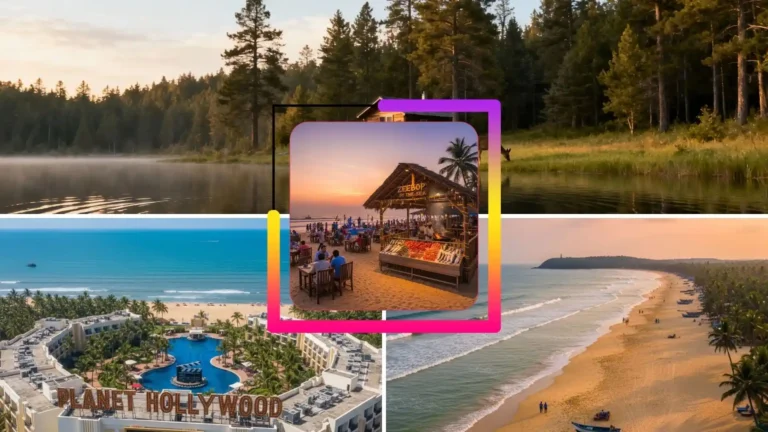





Leave a Comment